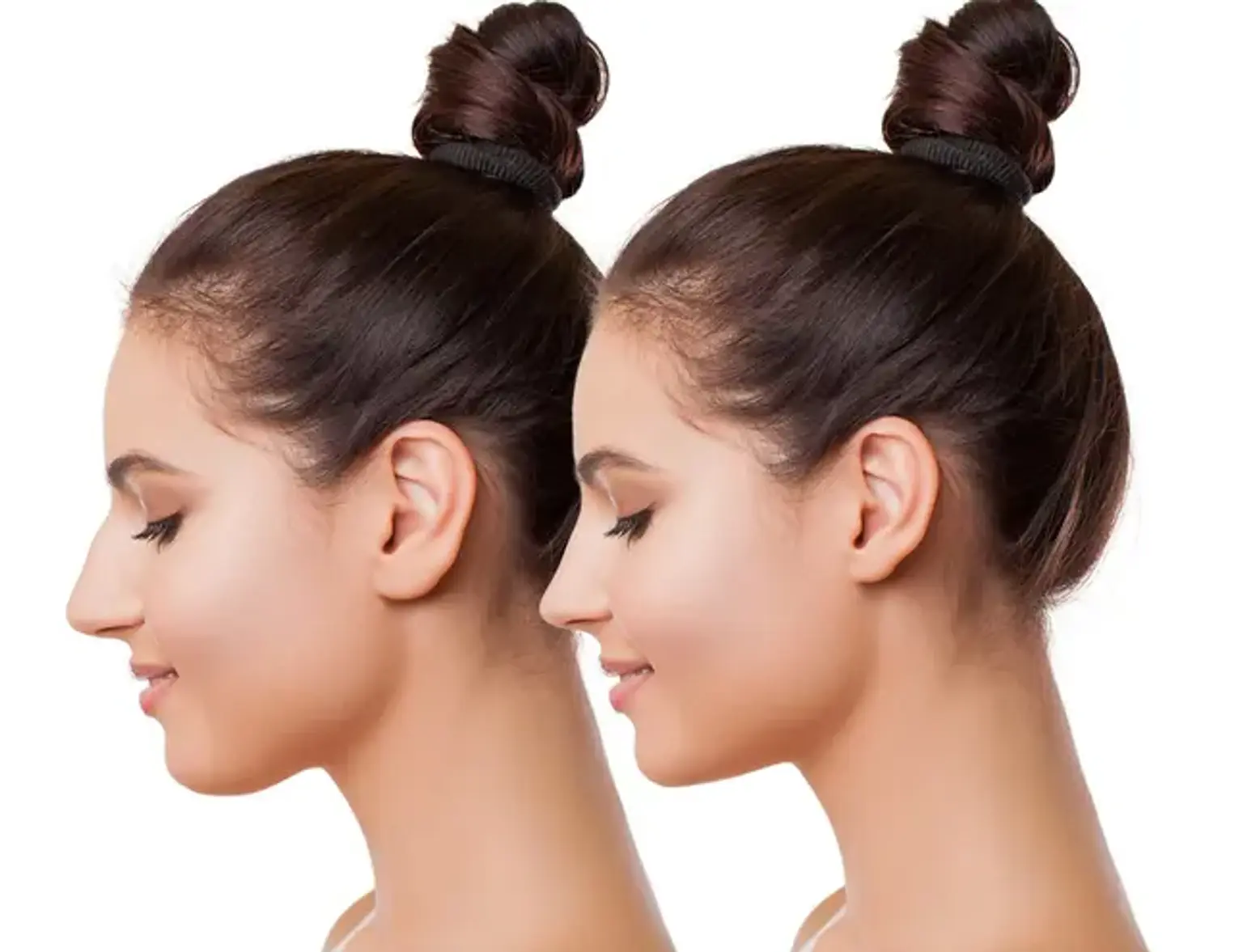Chin liposuction
Overview
Chin liposuction, also known as submental liposuction, is used to shape the jawline and remove extra fat or the dreaded "double chin." Many people have excess fat in this area, and liposuction can help them achieve a more sculpted, defined jawline. This is a low-commitment operation that may be performed in the office utilizing handheld liposuction methods and only local anesthetic.
